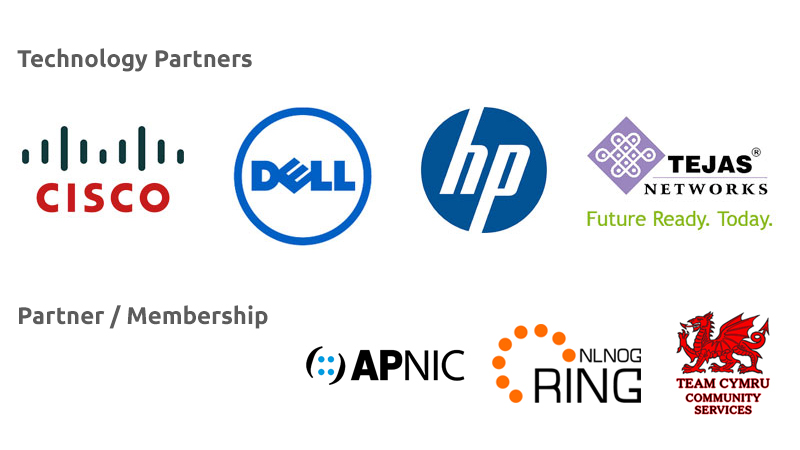Peering Moves Transit Traffic to a Lower Cost (and More Direct) Peering Path There are several methods of peering interconnections. Most common is "Public Peering" which refers to an ISP interconnection across a shared fabric. This is typically done in a location where ISPs collocate routers. The other type of peering is called "Private Peering" and refers to the direct point-to-point interconnection. Private peering is increasingly popular at exchange points and consists of a fiber or copper cross connect Private peering is also accomplished using point-to-point circuits.
• Less Latency - peering creates faster, more direct data flows with fewer network hops.
• Better Redundancy - peering increases available paths, which improves routing, efficiency and fault tolerance.

